TOOLS REQUIRED
Clean shop
Nut/bolt tray
Common metric wrench set
Flat-head screwdriver
Torx bit assortment
OEM service manual - helpful
Driven pulley expander tool
New CVT belt
TIP: Be sure to wash your machine thoroughly to prevent any mud or dirt from not only getting into the CVT enclosure, but also to keep it out of your eyes while working.
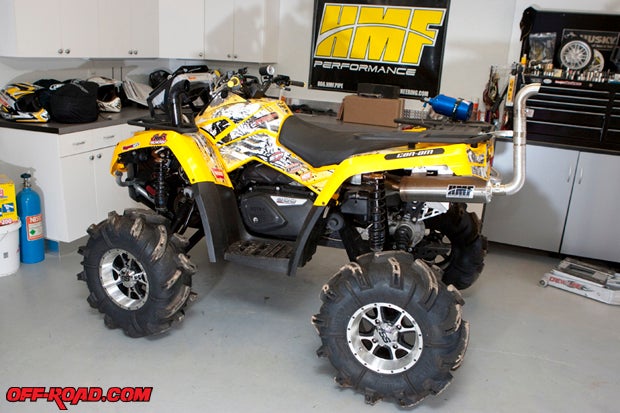
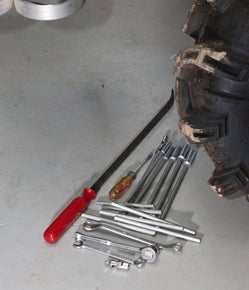
Locate the CVT cover and sections of plastic that may need to be removed to get a clean and clear handle on the CVT cover. This is where a service manual comes in handy!
TIP: As on most of todayís ATVís, there are many types of fasteners. Our Can-Am Outlander has both a nut/bolt combo and plastic pushpins, which were used to hold the plastics in place.
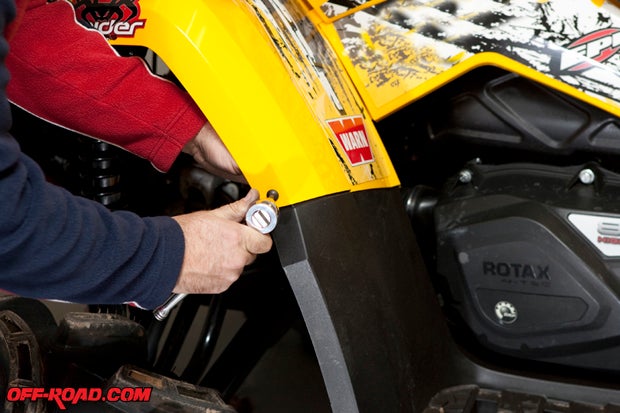
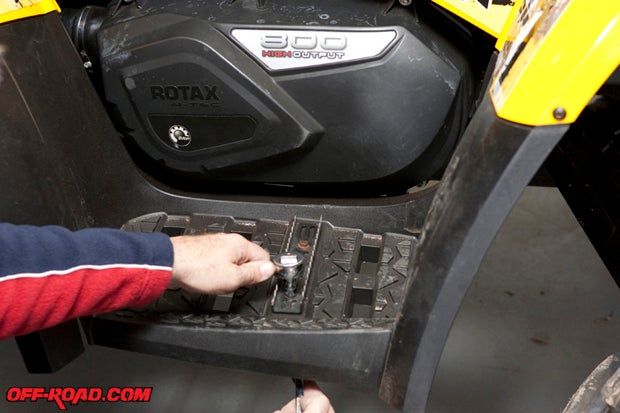
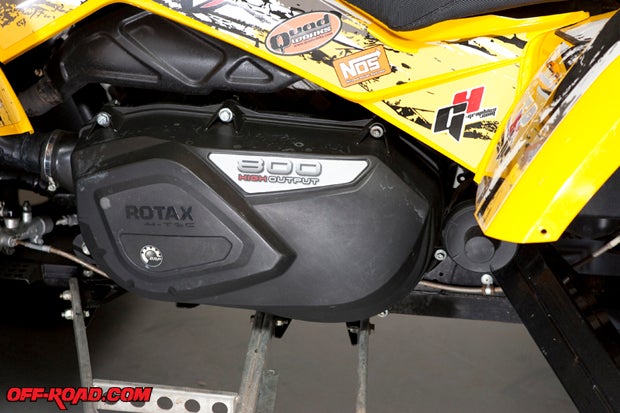
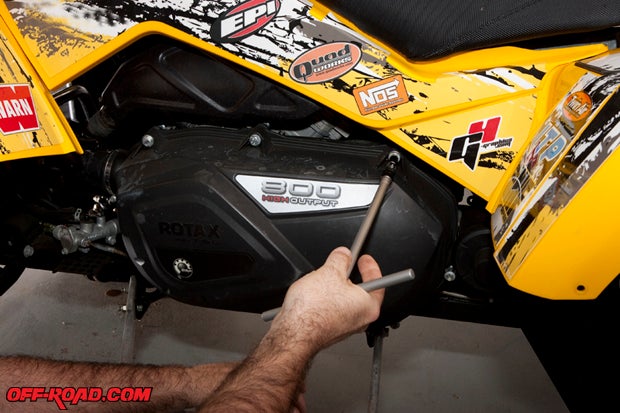
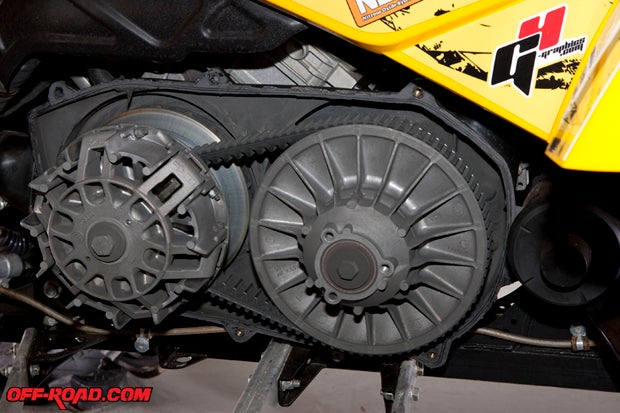
TIP: Make sure the ATV is in neutral, as it makes turning the drive and driven pulleys easier.
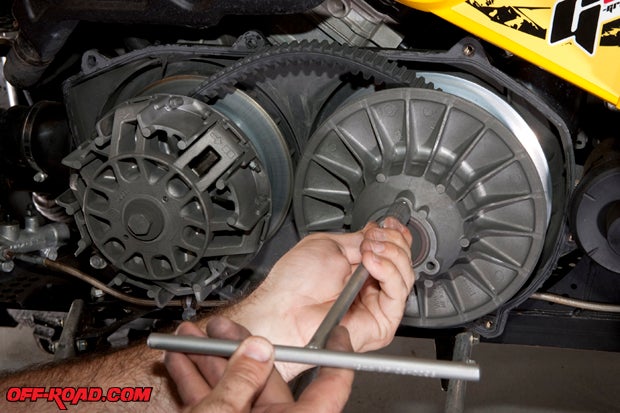
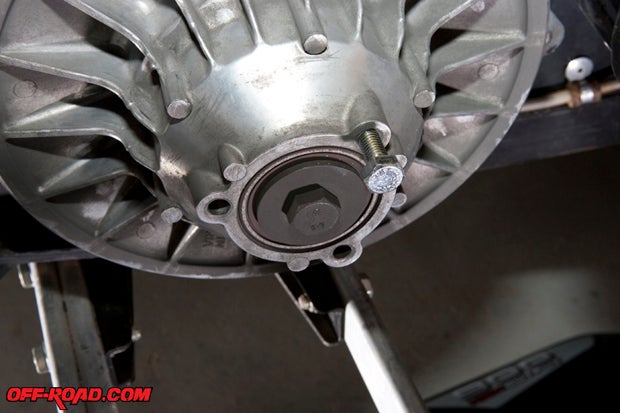
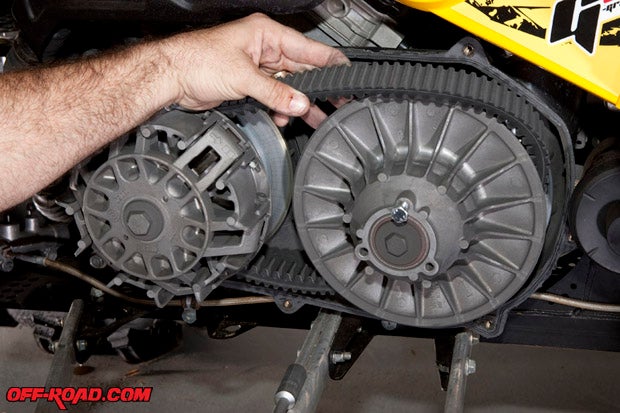
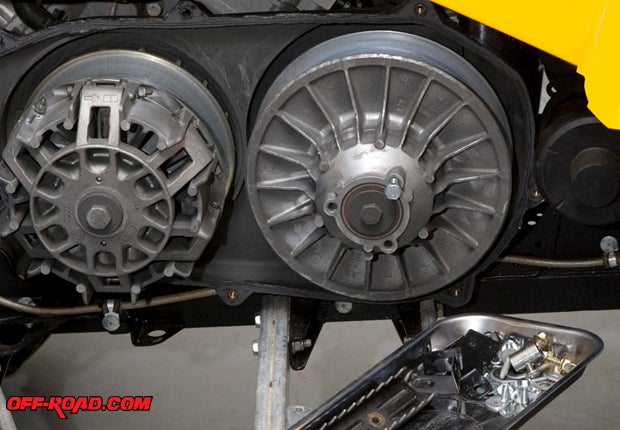
TIP: Most belts come with a directional indicator on the belt. Be sure the arrow is in the correct direction of travel before moving on and securing the belt.
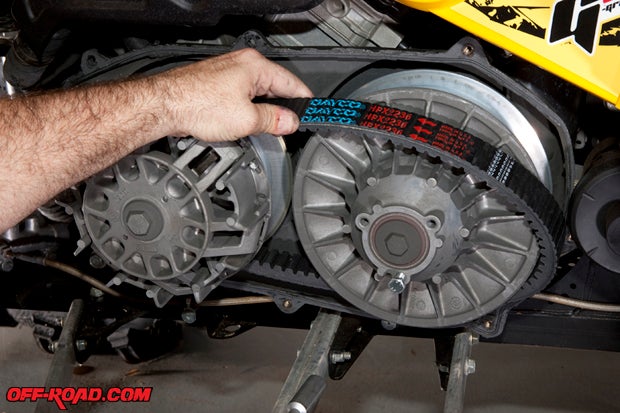
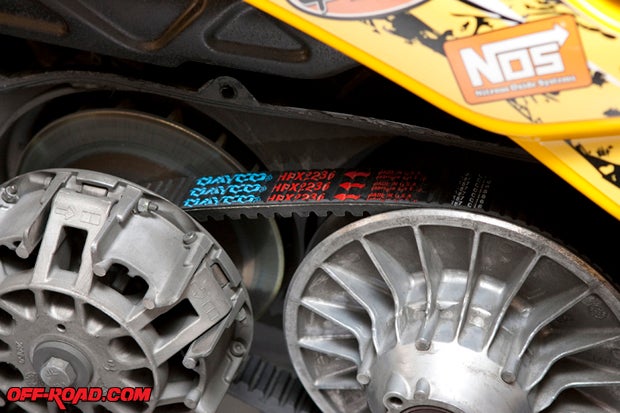
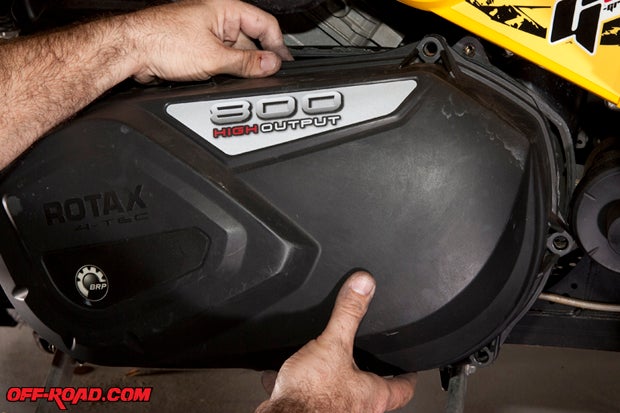
einstall your plastics and take the beast out for a test run. Be sure to check over all nuts and bolts as well as pushpins before the first full ride to make sure that nothing was left loose.
Thatís it, so get to work and get back on the trails. Ride safe and often!
RS


 Your Privacy Choices
Your Privacy Choices